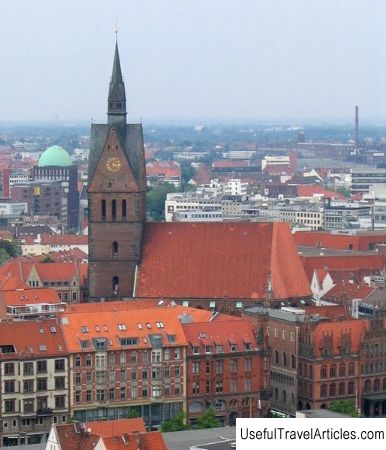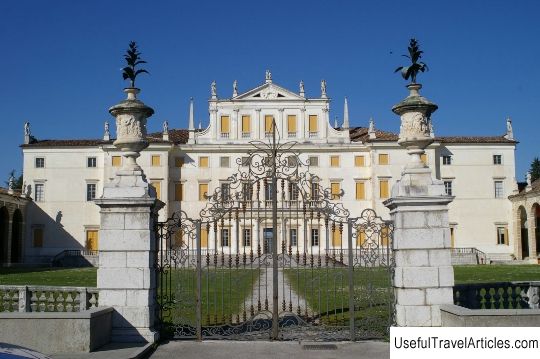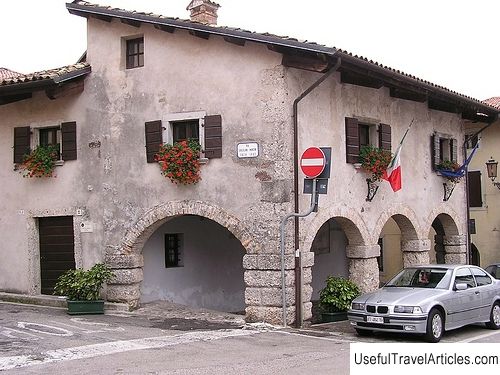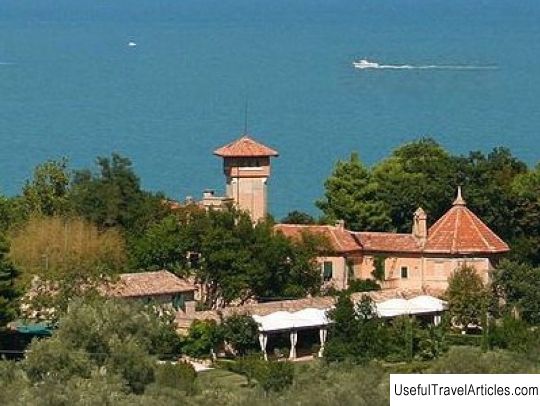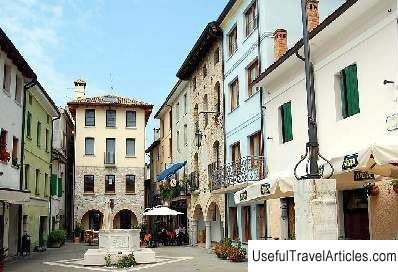Gorizia description and photos - Italy: Adriatic Riviera
Rating: 7,8/10 (2432 votes) 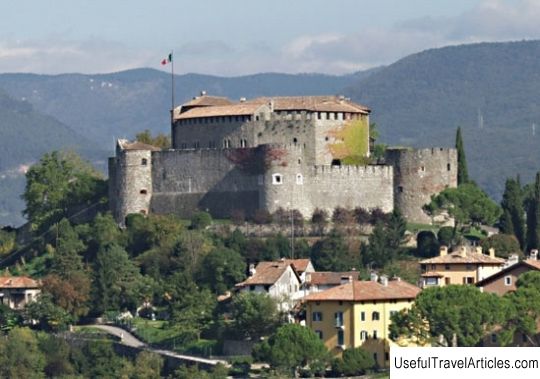
Gorizia description and photos - Italy: Adriatic Riviera. Detailed information about the attraction. Description, photographs and a map showing the nearest significant objects. The name in English is Gorizia. Photo and descriptionGorizia is a cozy picturesque town located 70 km from the resort of Lignano on the Adriatic coast of Italy. According to the latest census, it is home to about 36 thousand people. People come to Gorizia to enjoy the unique atmosphere of a border town: on Piazza Transalpina, divided by a wall until 2004, you can literally stand with one foot in Italy and the other in Slovenia. This city is a meeting place for two worlds - Latin and Slavic - with their different cultures and traditions, but united by one land. In addition, Gorizia is part of Collino - one of the best wine regions of Friuli Venezia Giulia. The first traces of settlements on the territory of modern Gorizia date back to the 1st century BC, however, the name of the city was first mentioned only in 1001. Between the 13th and 14th centuries, the city reached its highest peak when the counties of Padua and Treviso existed here. However, in the first half of the 15th century, Gorizia became part of the Venetian Republic, and some time later it passed into the possession of Maximilian I of Habsburg. From that moment until 1918, the city remained the property of the Habsburg dynasty. During the First World War, Gorizia was captured by Italian troops, and during the fascist regime, the city was rebuilt and equipped with new roads and industrial zones. And then, in the mid-1920s, the policy of denationalizing the Slavic minorities of Gorizia began. During World War II, after Italy surrendered in 1943, the territory of Gorizia became the arena of Nazi resistance. At the end of the military conflict, according to a peace treaty, the municipality was obliged to transfer three-fifths of its territory, in which 15% of the population lived, to Yugoslavia. However, the old part of the city and most of the residential areas remained part of Italy. Later, Gorizia was often compared to Berlin - just like the German capital, it was divided by a wall with watchtowers and machine guns. Today, on the very same Piazza Transalpina, in place of the wall, you can see mosaics and memorial tablets. With Slovenia joining the Schengen Agreement in 2001, Gorizia and Nova Gorizia (the Slovenian part of the city) no longer have borders. Undoubtedly, the history of the city attracts thousands of tourists here. Here they can see numerous sights, for example, a castle that rises on a hill. From the castle you can walk down to Palazzo Veneto and Palazzo della Provincia. Under the covered gallery connecting the two buildings are parts of the military garrison of the Middle Ages - a kitchen with tables, sideboards, cutlery, chairs, etc. Not far away are the Cathedrals of Sant Hilario di Aquileia and San Taziano. Also worth seeing in Gorizia is the Church of Sant Ignazio, the 18th century synagogue and the late 15th century Church of San Rocco. Numerous parks of the city give its residents and guests opportunities for relaxation and unity with nature. The most popular are the castle park and the Valle di Corno park, which stretches along the Corno river.            We also recommend reading Turkish lighthouse (Lighthouse) description and photos - Greece: Alexandroupolis Topic: Gorizia description and photos - Italy: Adriatic Riviera. |
